
Hurricane season is a critical period for Puerto Rico, and being prepared can make the difference between safety and danger. In
Right now, while we are anywhere in the house or office, even in a public place, we can plug our mobile phone into a wall outlet and it will surely charge. It is a really simple action. And so it happens with many electrical devices that we have at our fingertips and that, without complications, work when they are connected.
However, something else happens behind the outlet: a very complex process of harnessing various energies is developed that, efficiently, produce or give rise to usable electrical energy.
Next we will give a brief review of the main ways in which electrical energy is produced. We will see how these different ways of producing electricity implement different technologies to take advantage of the same physical phenomenon. However, to start talking about them properly, it is necessary to talk about that physical phenomenon whose use is common: electromagnetic induction.
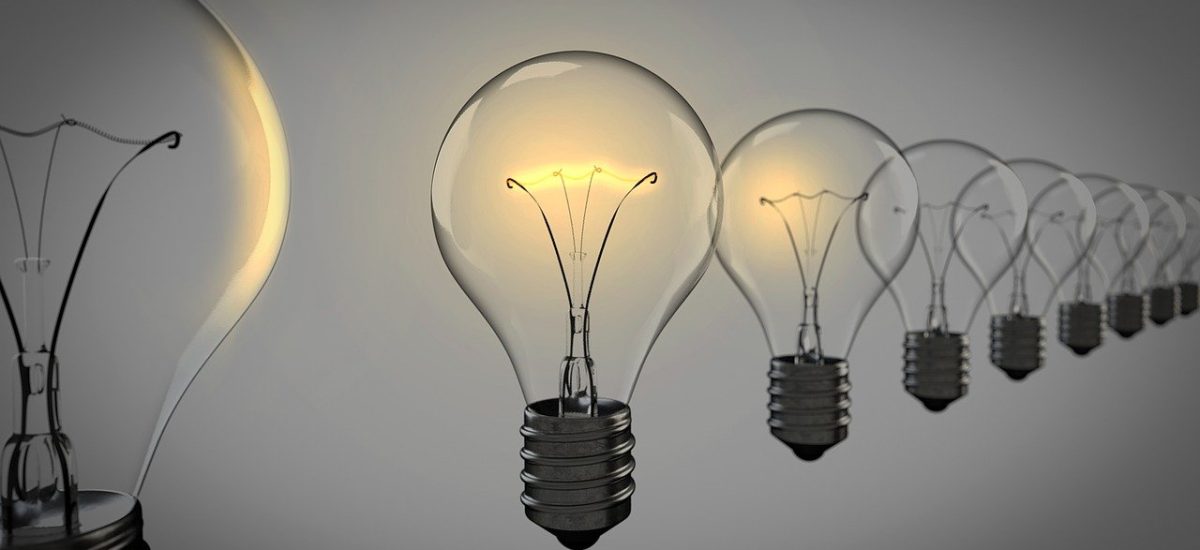
Here it is necessary to make a precision: although it is usually said that electrical energy is produced, speaking in this way is imprecise. The truth is that electrical energy is not produced or generated spontaneously out of nowhere, but is the result of harnessing other forms of energy, such as chemical energy and mechanical energy of the kinetic type.
Now, electromagnetic induction is the phenomenon by which an electric current is induced in a conductive material, as a consequence of the flow of its electrons, which are "dragged" by a magnetic field.
This phenomenon can be explained by Faraday's law which, in rather practical terms, tells us that there is a proportionality relationship between the speed of the rotational movement of a magnetic field and the induced tension (or voltage).
In other words, an electric generator can produce larger amounts of current if the magnetic field that moves the electrons in its coils rotates at a higher speed.
With the exception of the use of solar energy, which is based on the photovoltaic effect, the other ways of obtaining electrical energy make use of this physical phenomenon. So let's start listing them. We will start with those ways of generating electricity that take advantage of renewable primary energies and, later, with those that take advantage of non-renewable energies.
Making use of renewable primary energies means that physical forces or energies found in nature and whose quantity is practically unlimited are being used. We find, for example, the force of the wind, the light energy of the sun, the driving force of bodies of water.
As mentioned, the operation of solar panels is not described by the phenomenon of electromagnetic induction but by the photovoltaic effect.
Solar panels are made of silicon, which is a material whose electrons (negatively charged) are stimulated in the presence of photons of sunlight and manage to detach from the nucleus (positively charged), becoming free electrons.
Thus, and taking into account that electricity consists of the flow of electrons, it is enough for the light to hit the solar panel for this phenomenon to take place.
Due to the fact that the electrons "leave" the nucleus and travel freely, generating an electric charge, an electric field will then remain with a constant polarity; that is, in the material there will be a positive side and a negative side defined. In this way, capturing the current, it is possible to have usable electrical energy.
When will the wind stop blowing? Surely we will not see the day when that comes to pass. Therefore, making use of wind energy is very smart. Although its relatively low efficiency and its intermittency are a disadvantage, the continuous expansion of wind farms increasingly shows that it is a great option.
The operation of wind turbines, those huge "mills" that form wind farms, is quite simple. First of all, its large blades capture the kinetic energy of wind currents. The force of the wind gives them a rotary movement, which is amplified by the multiplier (from about 30 rpm to about 1500).
This rotary movement is what, inside the generator, makes a magnetic field move, giving rise to the phenomenon of electromagnetic induction. Thus, wind energy generates electrical energy.
This type of energy is one of the most common in the world. It consists of harnessing the kinetic or potential energy of bodies of water. There are many ways to do it. Through mills in riverbeds, or in waterfalls or even in the tides of the sea (tidal energy).
Basically, they all consist of the same process: they move a turbine that subsequently drives an electrical generator.
Dams, for example, direct the water to make it pass through a narrow pipe that increases its pressure (the potential energy of “still” water is transformed into the kinetic energy of moving water); the pipe carries the water to a turbine, and then its kinetic energy is transformed into rotational motion energy.
This rotary movement is transferred to the generator, which, using the phenomenon of electromagnetic induction, generates electricity.
Unlike renewable energies, non-renewable energies are those that make use of limited resources. They are quite common nowadays. Among the ways to obtain electrical energy from non-renewable energies we have thermoelectric plants, nuclear plants, and electric generators powered by fossil fuels.
Although the operation of thermoelectric plants implies the use of water as in the case of dams, they do not use it in the same way.
As its name indicates, thermoelectric plants base their operation on the application of heat energy to water (in most cases, burning coal), which is stored in the steam generator, producing jets of steam at high pressure. This steam passes through a system of pipes that direct it to the turbines.
These, driven by the kinetic energy of the steam, drive the generator. To avoid overloads, a turbine rotation speed is maintained between 1,800 and 3,000 rpm by means of a regulator.
Nuclear plants generate electricity in a similar way to thermoelectric plants. However, the heat energy application elements are not conventional fossil fuels, but chemical elements such as uranium, plutonium or thorium.
These elements are used through a reactor that enables fission in a controlled chain reaction. The heat produced from this reaction transforms the water into steam, which, under pressure, is transported through a system of pipes to the turbines.
The operation of the Electric generators It also obeys the phenomenon of electrical induction. It's really simple, in theory. If you want to go deeper into this, you can here.
The electric generator is responsible for converting kinetic energy into electrical energy. The kinetic energy corresponds to the movement offered by a powerful 4-stroke Perkins engine, capable of delivering about 1800 rpm.
A Stanford alternator captures this rotational movement and transfers it to the rotor, which moves on the rotor, allowing the movement of a magnetic field and, as a consequence, the generation of electricity.
We invite you to know our available models.

Hurricane season is a critical period for Puerto Rico, and being prepared can make the difference between safety and danger. In
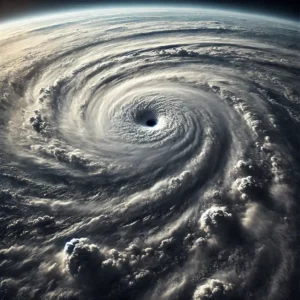
Understanding how a hurricane forms allows us to be one step ahead and prevent the devastating effects of these natural phenomena. Especially in areas
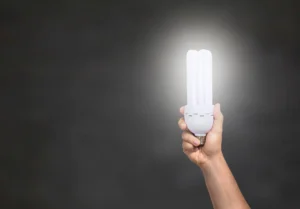
In a world where energy efficiency is increasingly a priority, learning to save energy has become a crucial need for both
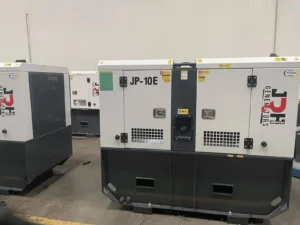
In a world that doesn't stop, the need for a reliable and continuous power source is more crucial than ever. At JRH Power
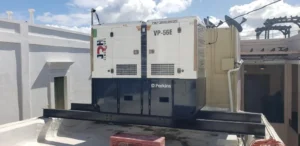
Have you ever wondered how electricity becomes a constant in our lives, even in the most critical moments? At JRH Power
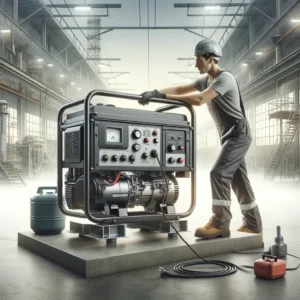
In our modern world, where electricity is vital, power outages are a frequent reality. Know how to connect a generator to the house